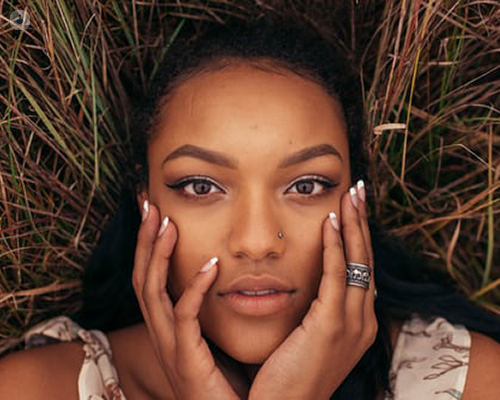Skin cancer: What to expect from photodynamic therapy
Escrito por:Photodynamic therapy is a procedure that uses a light source alongside chemicals, known as photosensitisers, as a treatment for some skin and eye conditions and some types of cancer.
Skin cancer, such as basal cell carcinoma, is the most common type of condition that is treated using photodynamic therapy techniques. If you have recently been told that photodynamic therapy is the correct procedure for your case, you may be wondering what happens and whether it will be a painful experience or not.
Here, one of our top London dermatologists, Dr Raj Mallipeddi, explains what you can expect both during and after photodynamic therapy.

When are patients referred to photodynamic therapy treatment?
If patients have been diagnosed with superficial skin cancers or pre-cancers, they might require photodynamic therapy. These conditions include superficial basal cell carcinoma, Bowen's disease (squamous cell carcinoma in situ) and actinic keratoses.
How do patients prepare for photodynamic therapy?
There is usually no specific preparation by patients beforehand.
What happens during a photodynamic therapy session? Does it hurt?
Conventional photodynamic therapy involves removing any scale or crust if necessary, and then applying a cream which is sensitive to light (photosensitiser). This is covered for around three hours so that it is absorbed by the area requiring treatment.
The dressing is then removed and a special light is shone on the area(s) after wiping away the cream. The exposure to the light is often less than 10 minutes, but allows for a chemical reaction between the light and the absorbed cream to destroy abnormal cells.
Once completed, a dressing is applied for two days to prevent further light exposure. The dressing is then removed and the area is washed as usual, along with regular moisturising for the following week. It can be uncomfortable during treatment, although cold air is used to reduce the pain.
Is there an alternative photodynamic therapy procedure?
Daylight photodynamic therapy is an alternative method for certain cases. This involves applying sunscreen on the area to be treated after removing any scale or crust, and then applying the photosensitising cream. Within 30 minutes, the area should be exposed to daylight for two hours continuously.
This is only suitable during the time of the year when there is sufficient daylight, which is usually April to October in the UK. After the two-hour exposure, the cream is wiped away and a dressing may be applied for the rest of the day to avoid further sun exposure. Then, as with conventional photodynamic therapy, the treated areas are moisturised regularly for one week to minimise scabbing.
How many sessions are usually needed?
For superficial basal cell carcinoma, two sessions are performed one to two weeks apart. For actinic keratoses, one session may suffice.
Dr Raj Mallipeddi is a highly-experienced dermatological surgeon who specialises in the latest treatments in skin cancer and cosmetic dermatology. Do not hesitate to book an appointment with him via his Top Doctors profile today.

